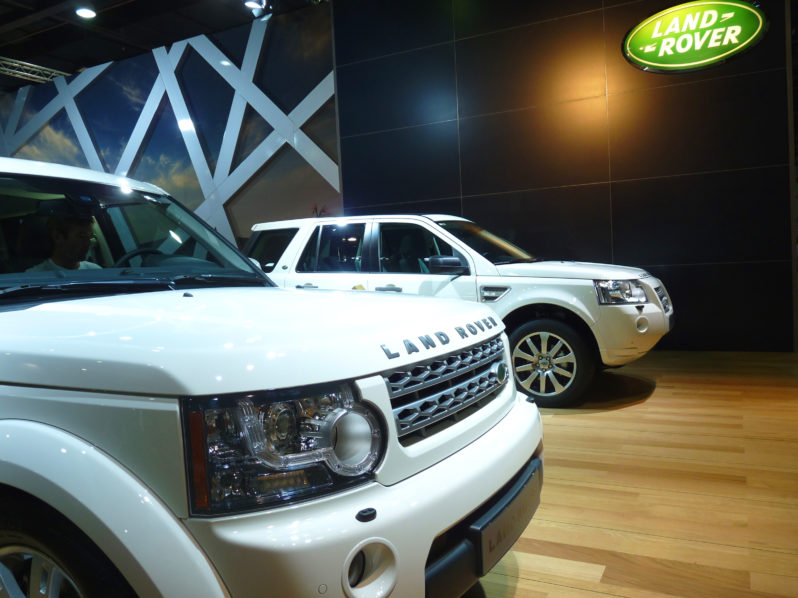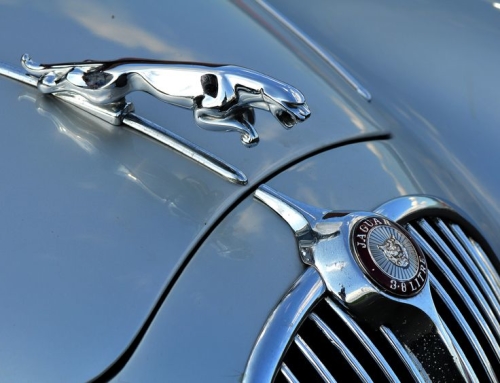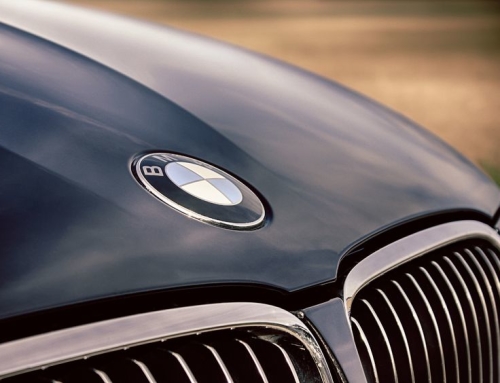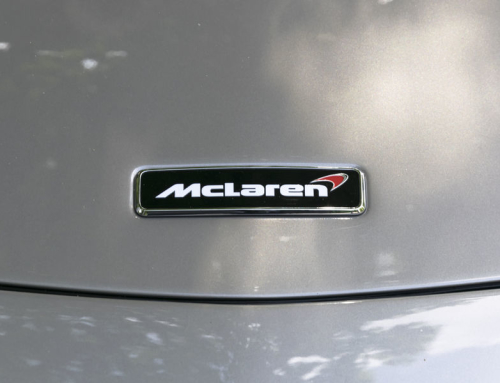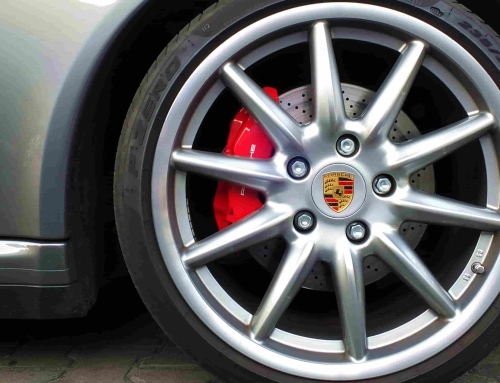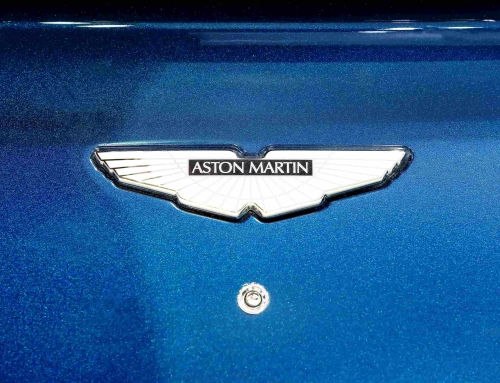1899 – 1909
The first vehicle to use a 4WD system was built in 1899. Ferdinand Porsche designed a battery powered model with electric hub motors at each wheel. In the following year it was presented to the public at the World Exhibition in Paris.
Although this was the first 4WD design recorded in history, due to its use of electric hub motors the mechanical 4WD ‘the Spyker 60HP’ is considered to be the first 4WD car in the world. The model was built by the Dutch company owned by Jacobus Spyker in 1902; and is currently displayed in the Dutch National Automobile Museum.
In 1907 innovative Australians Felix and Norman Cadwell applied for the patent for 4WD plus 4W steering. They later went on to build the Cadwell Vale 4X4 trucks with Henry Vale.
1910 – 1919
1911 saw the start of 4WD being sold to the public with the launch of the Four Wheel Drive Auto Co (FWD). There was also a huge increase in the demand for all-terrain vehicles because of their use in WW1.
1920 – 1929
At the start of the 1920s we saw the beginning of experimentation with 4WD on a grand scale. Citroen designed half-track trucks with the purpose of being able to cross the Sahara desert, which they managed to achieve in 1922. From 1931-32 the Citroen half-tracks were taken out again to follow part of Marco Polo’s epic journey from Beirut to Beijing.
1930 – 1939
Mechanical ‘genius’ Harry Miller produced the first 4WD car that was used exclusively for racing (Indianapolis 500, 1932). Other attempts at racing 4WD vehicles had been made previously, but it was the ‘Miller Gulf Special’ which was the first to ever qualify for professional track racing.
1940 – 1949
On a larger scale than ever seen before with 4WD, a whopping 700,000 infamous ‘General Purpose’ vehicles were produced by Ford and Willys-Overland to use in WW2. The huge project took place throughout 1941-45. The ‘General Purpose’ was later known as the first instalment of ‘Jeep’, which was trademarked by Willys-Overland in 1945.
The decade ended with both the Series-1 Land Rover becoming available and Ford releasing the first of the F-Series vehicles in 1948.
1950 – 1959
More ambitious attempts to push the capabilities of 4WD vehicles were seen in the 1950s. Perhaps the most ambitious was by Ben Carlin and his wife Elinore who set off on an 8 year journey spanning the globe in their amphibious Jeep. In an impressive feat, they managed to cross the Atlantic Ocean in the vehicle, and at the end of their trip were thought to have covered over 9,600 nautical miles and 3,900 miles on land all in their 4WD.
Other cross-continental journeys were taken on land throughout the 1950s with two Land Rovers being used to make a trip from London to Singapore.
1960 – 1969
In 1964 the world land speed record was broken by the 4WD model ‘Bluebird’. The vehicle was driven for 2 laps at Lake Eyre in Australia, with the average time for the 2 runs within a measured mile being 403.1 mph.
1970 – 1979
1970 marked a pivotal turning point for 4WD cars with the launch of the Range Rover. This is considered to be the beginning of 4WD being branded as an everyday car. The first Range Rover models were sold as a luxury product that was at a basic level – ‘a comfortable Land Rover’. The project was extremely well received by the public. Demand was so high for the desirable vehicles that those were who lucky enough to buy their own Range Rover could immediately sell it for a huge profit, if they wished to do so.
NASA adopted the early design of the 4WD to replicate on their lunar roving vehicles, powering the vehicles by using separate electric motors on each wheel. There were 3 4WD vehicles built and used in Apollo missions 15, 16 and 17 (all taking place in 1971-72) for driving on the surface of the moon. All 3 were left on the moon and there are no current plans to retrieve them.
1980 – 1989
1981 was the year that saw the release of the iconic military vehicle, the Hummer.
Throughout the remainder of the 1980s a huge leap was made in the creation and use of 4WD racing cars. Audi was first to the game after bringing out the Quattro 4WD rally car in 1981. Porsche closely followed suit with the presentation of the Porsche 911 at the Frankfurt Motor Show the following year. The 911 proved to fit its purpose well, winning the 1984 Paris – Dakar rally; as well as cleaning up at the 1986 rally with the 911 taking the 1st, 2nd and 6th positions.
1990 – Onwards.
Since the 1990s, the 4WD has become increasingly popular. The decade showed further releases of different luxury models built with a range of purposes. As a result the audience for the vehicles has grown considerably, drawing in everyone from off-road adventurers to those opting for a light truck made for everyday domestic use.
Subaru began experimenting with the torque split to give their models greater control. In the early 90s the typical 4WD torque split of 90/10 was surpassed by Subaru in the late 90s to 60/40. This was further improved upon in the 2000s with an innovative 45/55 torque split, and in 2011 they managed to achieve a truly even 50/50 torque split.
In recent years the focus of 4WD has been to create vehicles as fuel efficient as possible. The reputation of the 4WD has become a symbol of a safe car; making it a popular choice for families.
Due to the popularity and impressive history of 4WD, We Buy Posh Cars have been purchasing Sports, 4×4 and Specialist vehicles for over 10 years. If you own a 4×4 vehicle, then get a free, no obligation quote here: http://webuyposhcars.co.uk/quote-me/.

